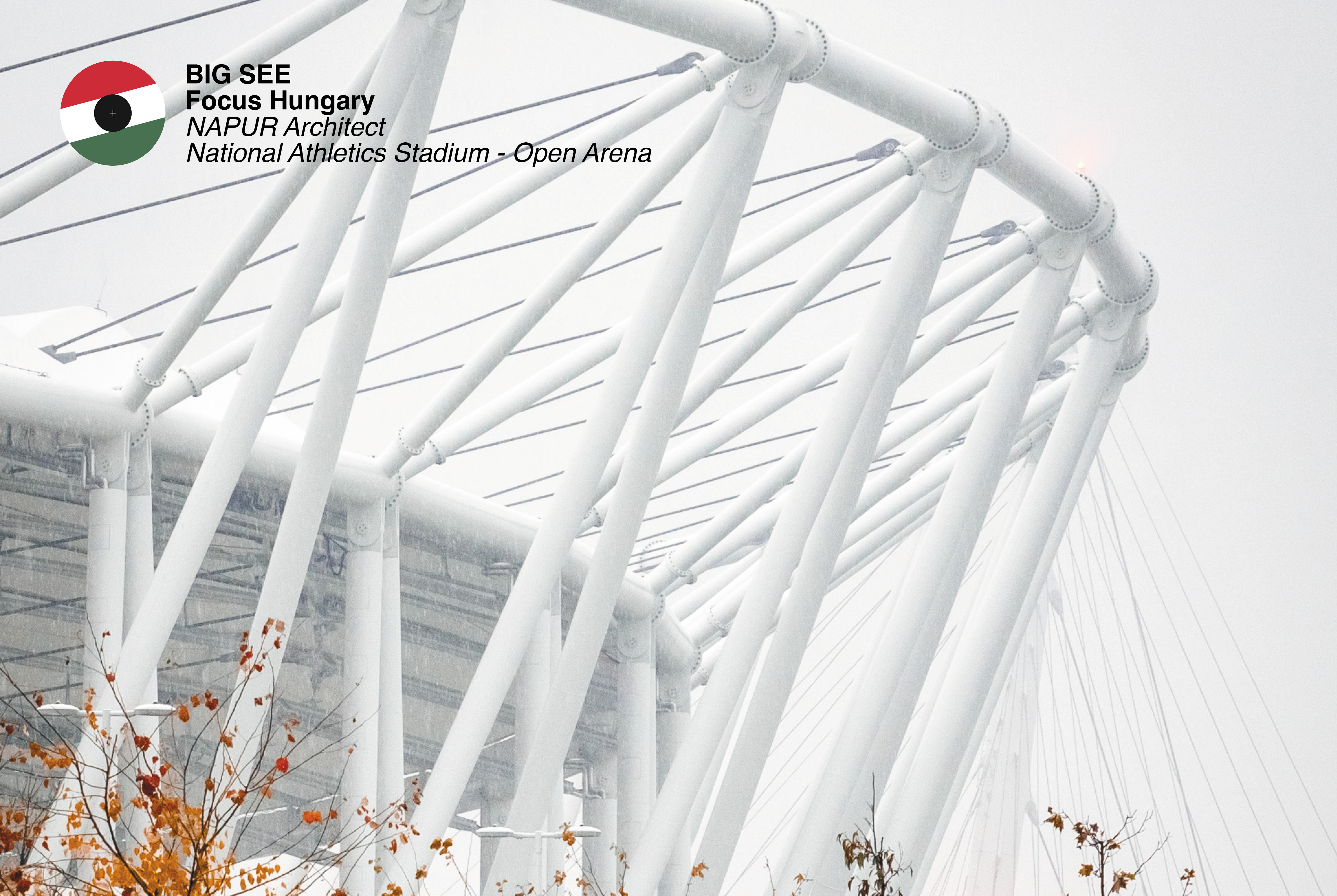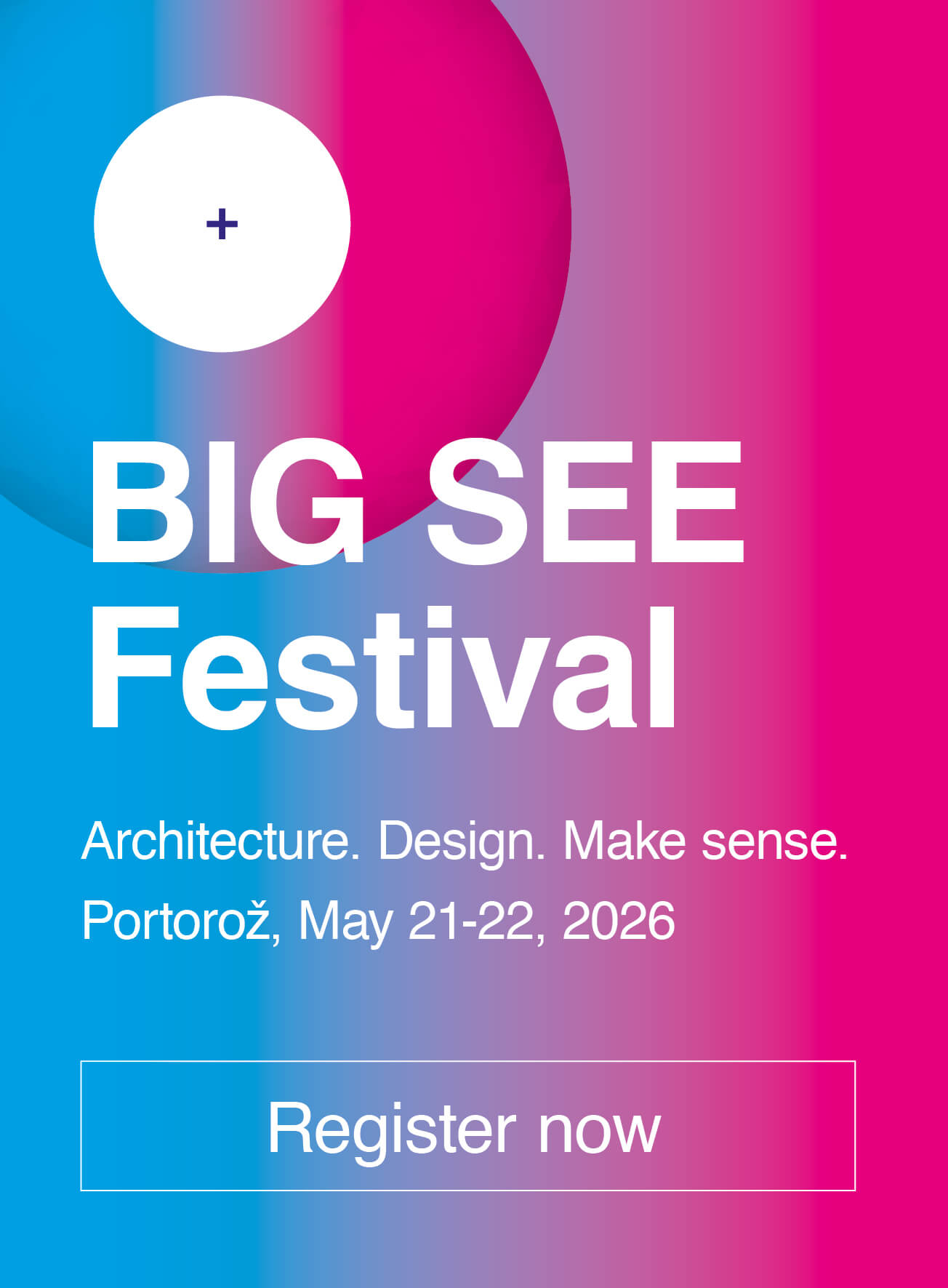3 Questions for Marcel Ferencz
Architecture here is about much more than creating a venue for sport; it is about shaping everyday life.
Q: Can you describe the key sources of inspiration—both tangible and intangible—that shaped the architectural language of this stadium?
A: The inspiration came from athletics itself, often called the “queen of sports.” We wanted the stadium to embody this spirit, so its form is conceived as a classic white crown—an untouchable yet welcoming gesture that honours athletic excellence. At the same time, the design responds to its urban role, marking the beginning of the South City Gate development and transforming a former industrial site into a civic and recreational landmark.
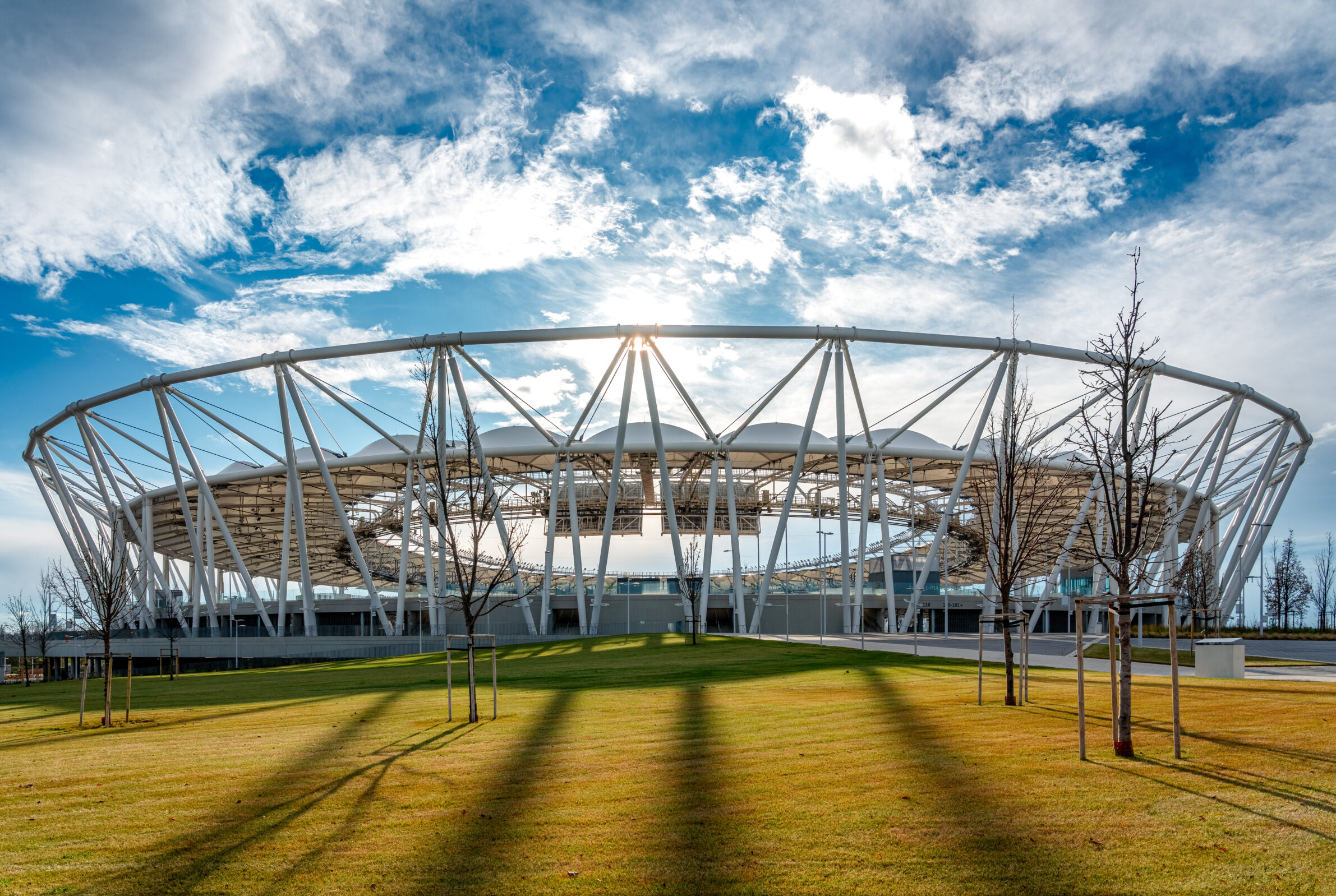
Turning a world-class competition venue into an accessible, multifunctional park was both the greatest challenge and the most rewarding breakthrough.
Q: Could you walk us through your creative process, from concept to completion, for this project? Were there unexpected challenges or breakthroughs during the design?
A: The process began with a competition, which gave us the opportunity to propose a vision not only for a stadium but for a new piece of the city. The key challenge was to design a facility that could host the World Athletics Championships with 35,000 seats, yet transform afterward into a public space open to citizens every day of the year. This led to the idea of the “Open Arena”—the first of its kind worldwide—where temporary stands gave way to a 15,000 m² public leisure ring. Turning a world-class competition venue into an accessible, multifunctional park was both the greatest challenge and the most rewarding breakthrough.
Q: What role do you believe architecture plays in shaping human experience, especially in a dynamic, public space like this stadium?
A: Architecture here is about much more than creating a venue for sport; it is about shaping everyday life. The stadium and park are designed to be inclusive, sustainable, and open—places where professional athletes and city dwellers meet. By integrating pedestrian and cycling routes, new bridges, and green recreational areas, the project connects neighborhoods and people. In this sense, architecture becomes a catalyst for community, health, and sustainability, leaving a lasting imprint on both the city and its citizens.
By integrating pedestrian and cycling routes, new bridges, and green recreational areas, the project connects neighborhoods and people.
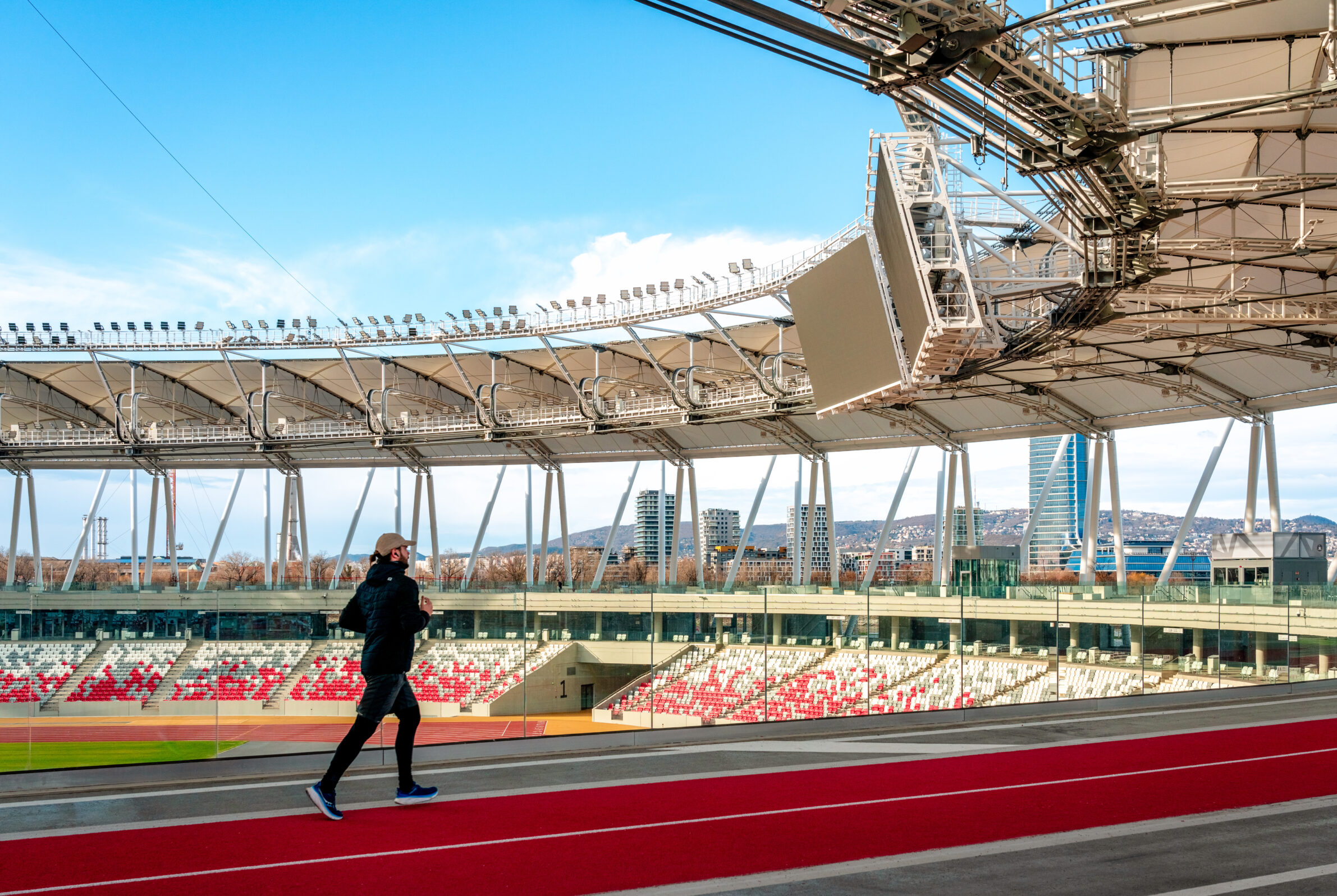
About National Athletics Stadium – Open Arena
The National Athletics Stadium was established on behalf of the Hungarian State as the starting building for the long-term urban design of the Budapest South City Gate development. The stadium was designed by NAPUR Architect Kft., the winner of the design competition. The construction was carried out by the construction consortium ZÁÉV Zrt. – Magyar Építő Zrt.
The main elements of the planning are the new Athletics Stadium and Park to be built on the site of the Vituki industrial site in Ferencváros, the planned new pedestrian-bicycle cable bridge connecting it to the summit of North Csepel, and the new Athletics Training Centre accessible through it. The three project elements together aim to help the development of the area with an urban design vision. The design of the building and its appearance were created in honor of the queen of sports, athletics, therefore the architectural design of the stadium is an untouchable Antique classic white crown.
In accordance with sustainability aspects, the project was implemented by eliminating the brownfield industrial areas of the southern Danube bank of the Budapest and by rehabilitating its entire 20-hectare area. The goal was to create a new, open sports and recreational multipurpose athletics stadium and public park for sports enthusiasts and city dwellers who want to relax. In the center of the park, the building of the Athletics Stadium was built in competitive mode for the 2023 World Athletics Championships in Budapest with a capacity of 35,000 people. After the World Championships, the basic mode design of the Athletics Stadium building was completed in 2024. The temporary upper stands of the stadium were removed and replaced by a 15,000 square meter covered open and illuminated leisure park called the “Open City Ring”, on which a running track, family jogging track, streetworkout, training area and streetfood service were created. The goal was to create a stadium with a large capacity for World Championships, but in subsequent periods as open as possible for mass sports and athletics youth in a way accessible to everyone 365 days a year.
The presented building is the first “Open Arena” in the world to achieve this.
In September 2024, the first open program was held in the building, where the “Open City Ring” leisure park was presented as a new recreational place for Budapest.
In the entire development area surrounding the stadium, from the Rákóczi Bridge to the Kvassay lock and through the new cable bridge all the way to North Csepel a new flood defence, coastal pedestrian walkways, bicycle paths and boat stations were built. With the development, pedestrian, cycling and water connections of the northern and southern areas of the entire Pest quay were realised all the way to the southern part of the city. The aim was to create an attractive recreational neighbourhood for city dwellers that could become part of the ecological network of the EU and Hungary. The sustainability of the new “Green” investment is built on maximum sustainable foundations thanks to its continuous use as a multipurpose event area and its renewable geothermal energy system. In terms of reducing environmental impact, instead of car traffic, public transport solutions and pedestrian cycling are systematically preferred. The structural supporting structure of the stadium is a unique stretched roof structure made with optimized steel consumption, only functionally most important areas of the building’s interiors are heated in the order of 10% of the total floor area. Taking these sustainability aspects into account, the new “Open Arena” in Budapest was designed by NAPUR Architect Kft. in 2024 taking into account both engineer, construction and operational aspects.
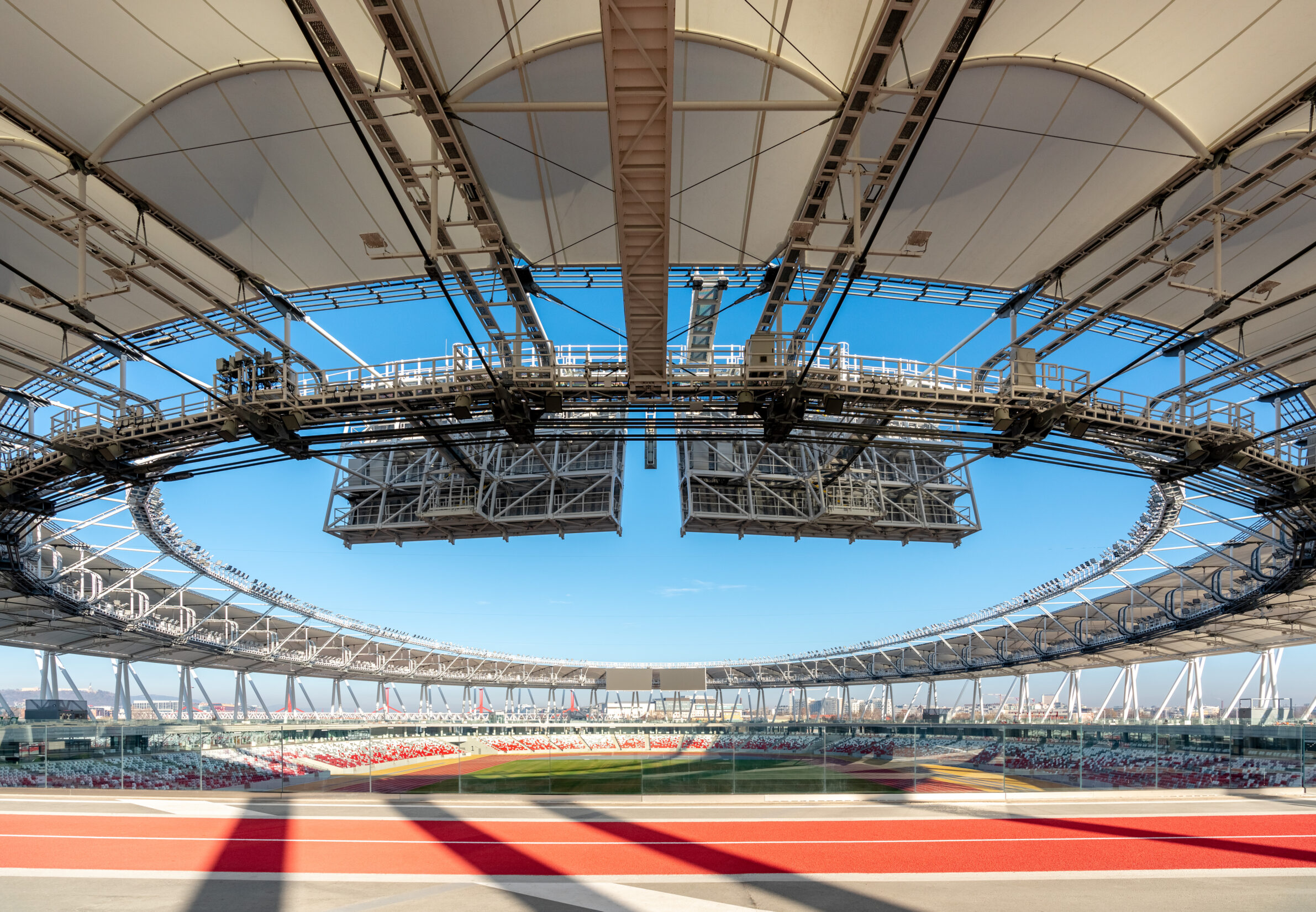
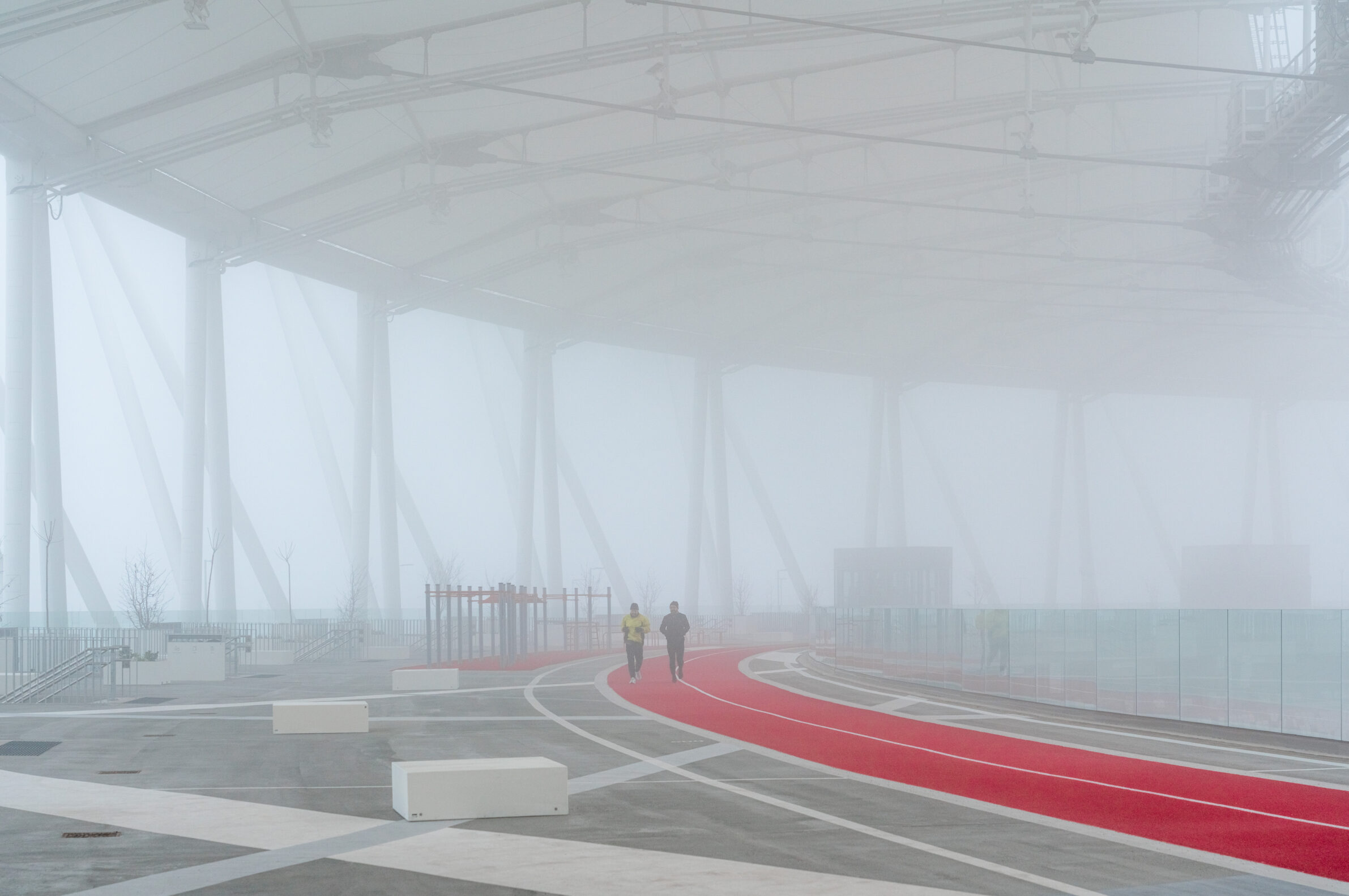
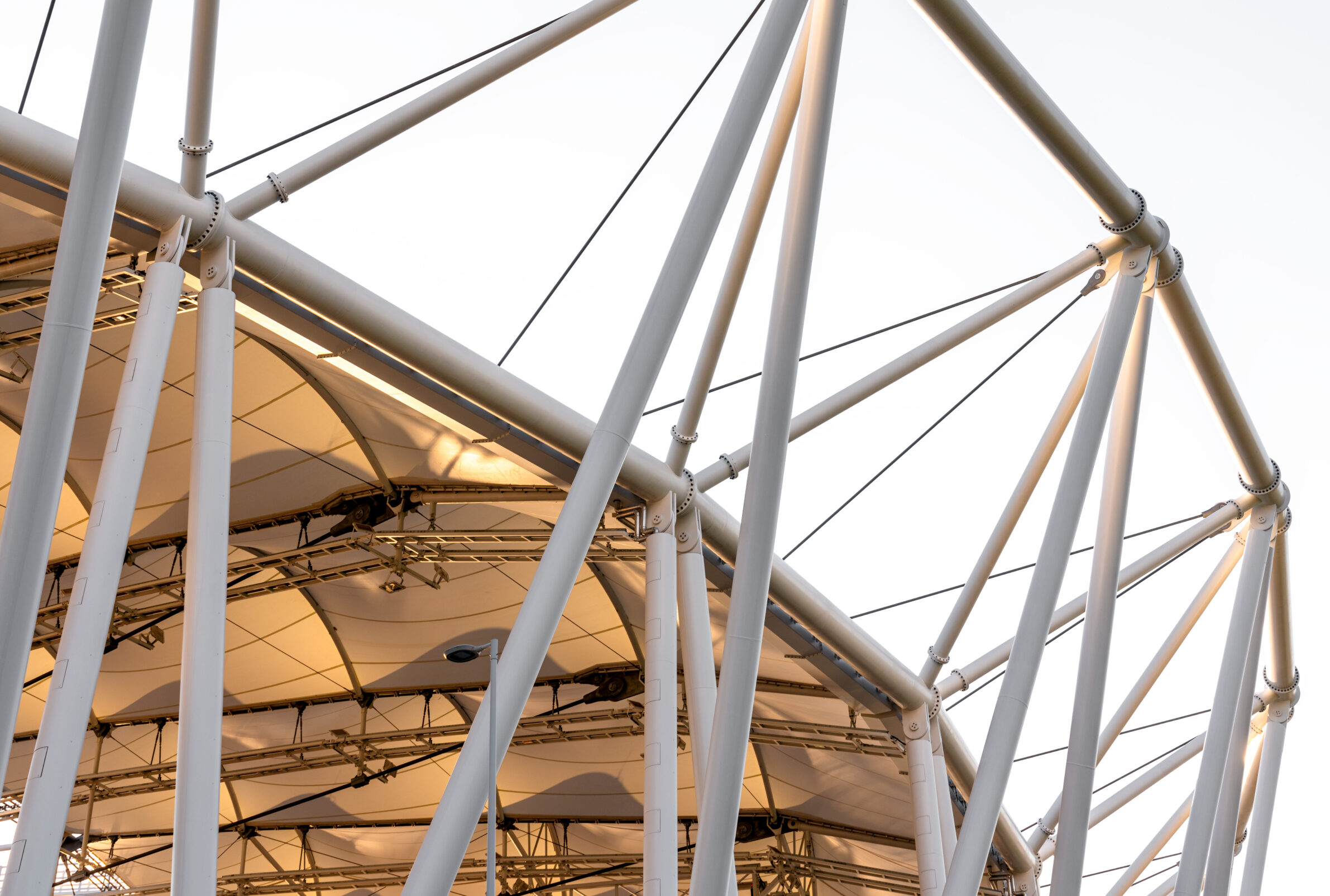
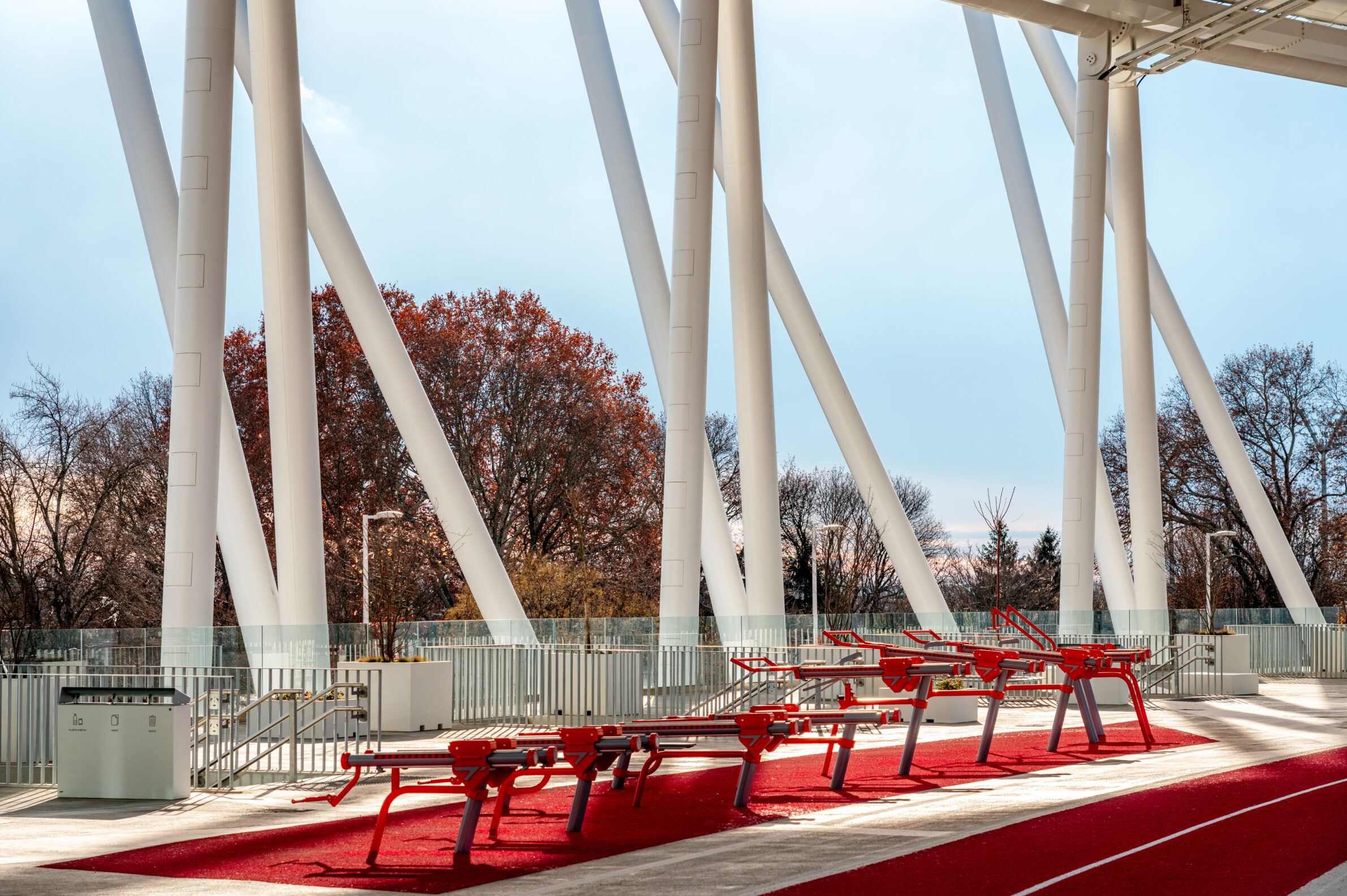
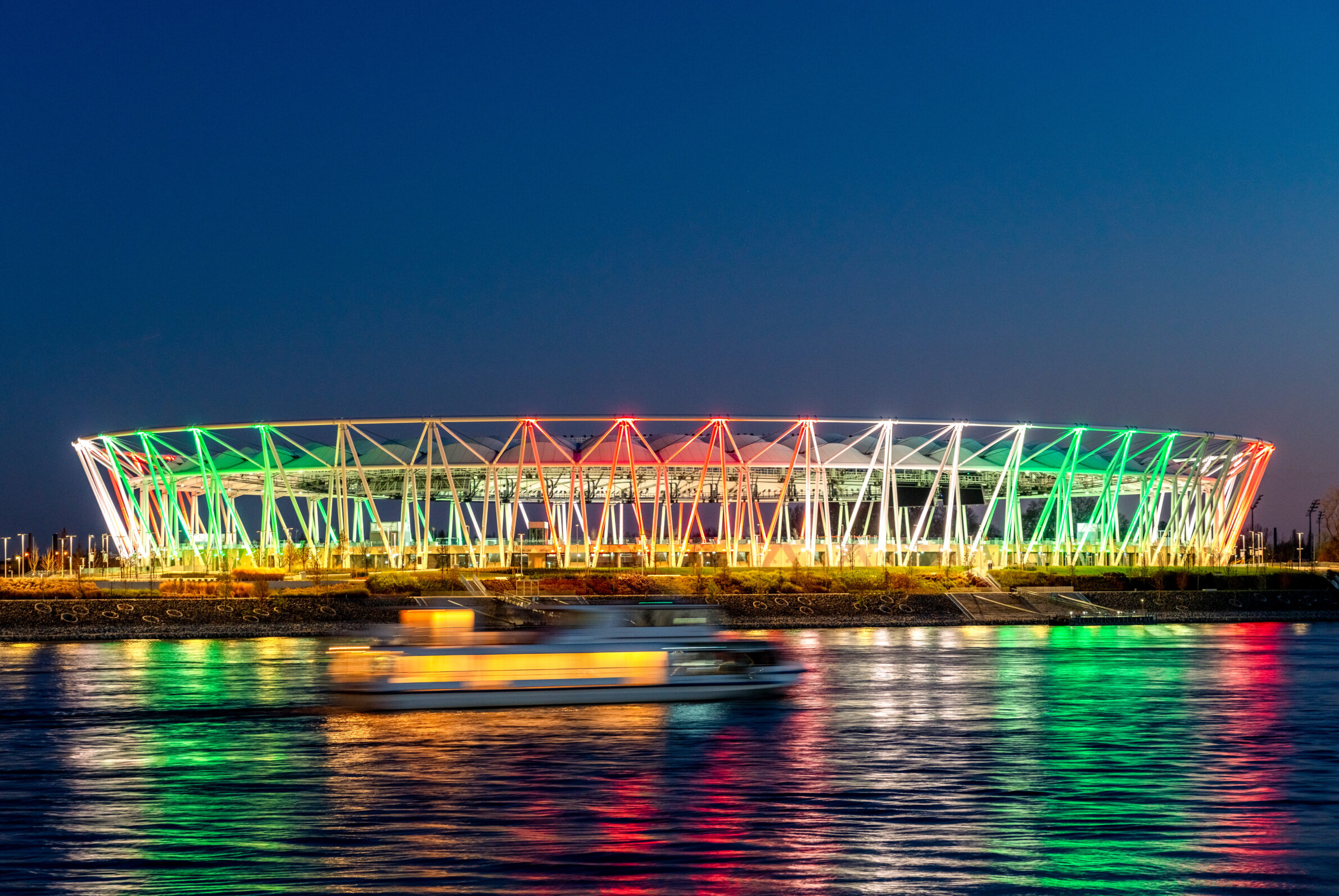
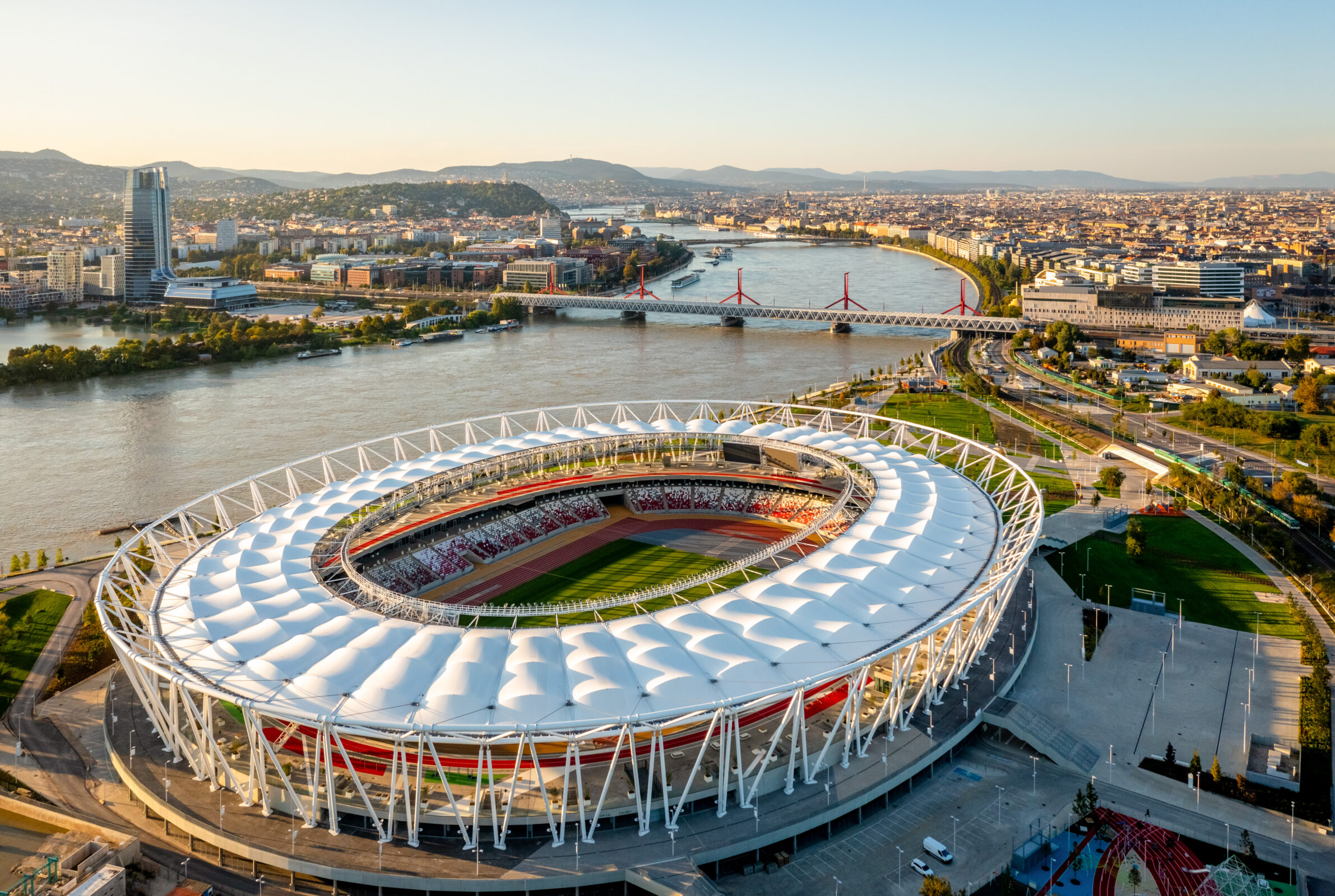
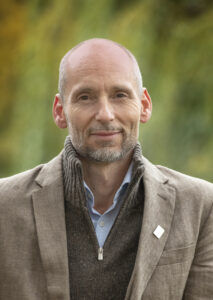
Marcel Ferencz DLA is an award-winning Hungarian architect, Director and Managing Director of NAPUR Architects Ltd., and a full member of the Hungarian Academy of Arts. His works include landmark projects such as the Danube Arena, the Museum of Ethnography, and the National Athletics Center in Budapest, earning him international recognition and over two dozen global awards. In 2025, his life’s work was honored with Hungary’s highest cultural distinction, the Kossuth Prize.
Project
National Athletics Stadium – Open Arena
Studio:
NAPUR Architect
Lead Architect:
Marcel Ferencz
Year of Completion:
2024
Location:
Budapest, Hungary
Website:
napur.hu
Instagram:
@napurarchitect
Email:
napur@napur.hu
Portrait Photography:
Czimbal Gyula
Project Photography:
Molnár József
Edited by:
Tanja Završki


